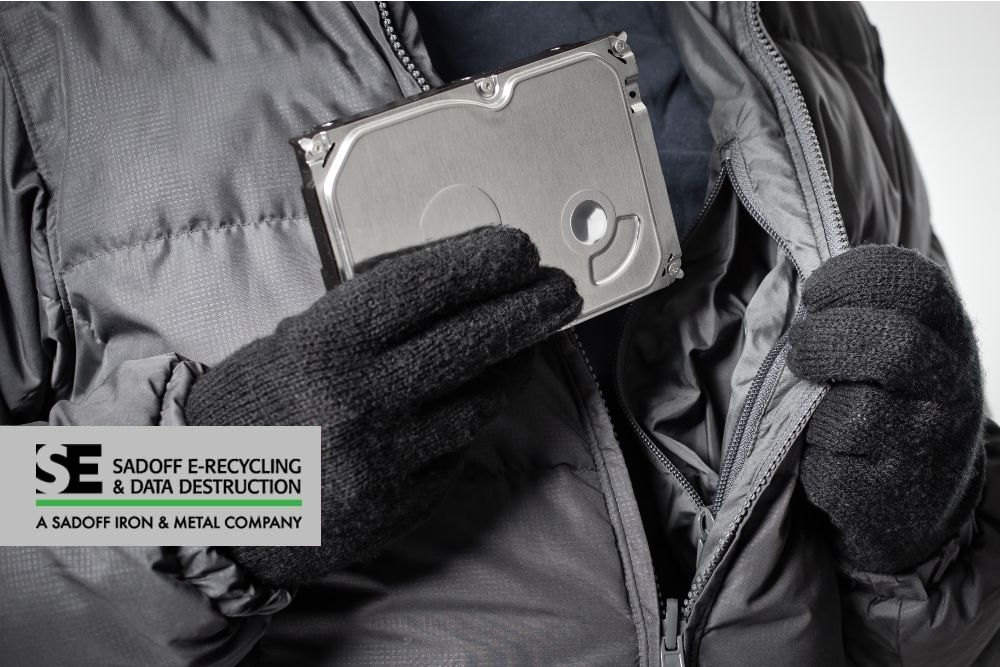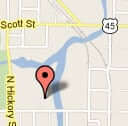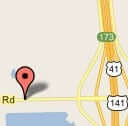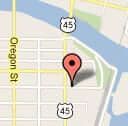What Will be the Most Likely Causes of Data Breaches in 2024?
 30
30 Aug
Data theft and data breaches need to be a real concern for any company. Even if your company is not one of the big ones that you hear about in the news like Microsoft and Facebook, you still need to ensure that your data is secure. Unlike Microsoft and Facebook, your company may not be in a position to survive a costly data breach. How do these data breaches happen and what will be the most likely causes of data breaches in 2024? Let Sadoff help you find out.
What is a Data Breach or Leak?
Before we get into it, it’s helpful to know what exactly we are talking about. You hear about them on the news, but what does one look like when it’s happening to you? In truth, it looks like nothing until it’s discovered, and how long it takes to discover one is often the biggest determining factor in how much damage is caused. Catch them early, and prevent them entirely if possible.
A data breach or leak occurs when any sensitive data ends up outside of your control. This could be identifying client info, including names and email addresses or info on your employees. It could also be a leak of trade secrets, though since these affect your business directly and not so much your customers, they don’t get as much press but can be just as devastating to your business. Find out how these breaches will happen in 2024.
What is an ITAD Program and Why Do You Need One?
1. Physical Theft
 This is the type of data breach that no one thinks about, but for a small business especially, it’s a very common form of data breach. This can occur when someone walks out with a computer, copies data off a computer, or otherwise finds themselves in possession of a data device.
This is the type of data breach that no one thinks about, but for a small business especially, it’s a very common form of data breach. This can occur when someone walks out with a computer, copies data off a computer, or otherwise finds themselves in possession of a data device.
Companies often try to mitigate this risk by formatting hard drives, but this is not enough as a formatted hard drive still contains sensitive data. You should have your data devices professionally destroyed or wiped when they have reached the end of their life or even when they are going to be reused within your company.
Read More: Should You Risk Data Destruction In-house?
2. Social Engineering
Have you ever heard of social engineering? This can come in many forms. Phishing attacks are a form of social engineering and so is simply tagging along with someone into your building and pretending that you belong there. Social engineering essentially means tricking other people who are already entrusted with your data into helping them steal it. The people being tricked are almost never in on it. This type of attack goes hand in hand with many other attacks including physical theft. If you think your employees are the only ones who might physically steal your data, think again.
3. Password Crack
We’ve all seen TV shows where the hacker uses some program to run through thousands of passwords in seconds. Truth is, that type of hack rarely ever works and is rarely ever used. More common is a hacker using a default password to get in or using passwords that are known from other data breaches. A data leak that involves passwords can often lead to customers having data stolen from completely unrelated places just because they used the same passwords across multiple services. Things like two-factor authentication are being employed to combat this, but a good data thief can often find ways around that.
4. Software Vulnerabilities
Software vulnerabilities are the types of data breaches we hear about all the time. Sometimes software is just vulnerable or even misconfigured. Only recently, a large data leak was discovered at Microsoft due to some misconfigured software. Not only is it important that you are using the most secure software, but you also need to ensure the integrity of any custom software that you may have as well.
Where to E-Recycle Bulk IT Equipment
Categorized in: Data Security




 Google map directions
Google map directions
 Google map directions
Google map directions
 Google map directions
Google map directions
 Google map directions
Google map directions
 Google map directions
Google map directions
 Google map directions
Google map directions
 Google map directions
Google map directions